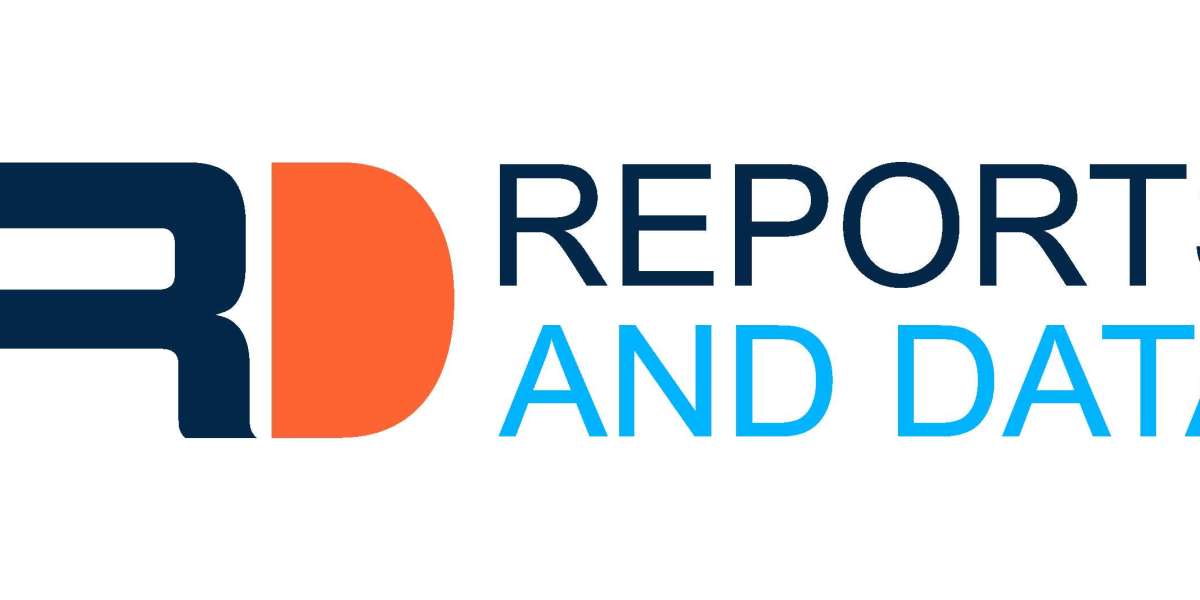In today's dynamic business landscape, optimizing supply chain inventory is essential for achieving operational efficiency and maintaining a competitive edge. Effective inventory management not only reduces costs but also enhances customer satisfaction and supports business growth. Let's delve into the key aspects of supply chain inventory optimization.
1. Demand Forecasting: Accurate demand forecasting is the cornerstone of inventory optimization. By analyzing historical data, market trends, and customer preferences, companies can predict demand more precisely. This allows them to maintain optimal inventory levels, preventing overstocking or stockouts.
2. ABC Analysis: To prioritize inventory items, the ABC analysis classifies products into three categories: A (high-value, low-quantity), B (moderate-value, moderate-quantity), and C (low-value, high-quantity). This categorization aids in allocating resources efficiently and focusing on items with the highest impact on profitability.
3. Safety Stock: Maintaining a safety stock buffer is vital to mitigate uncertainties in demand and supply. A well-calculated safety stock level ensures that customer orders can be met even during unexpected fluctuations in demand or supply chain disruptions.
4. Inventory Turnover: Monitoring inventory turnover ratios helps assess how quickly products are moving through the supply chain. A high turnover rate indicates efficient inventory management and reduces carrying costs.
5. Just-in-Time (JIT) Inventory: JIT principles advocate for minimizing excess inventory by receiving goods only when they are needed in the production or sales process. This approach reduces holding costs and increases cash flow.
6. Technology Integration: Leveraging technology solutions like advanced software, RFID, and IoT devices enables real-time visibility into inventory. This allows for proactive decision-making and faster response to changing market conditions.
7. Supplier Collaboration: Collaborating closely with suppliers can streamline inventory management. Implementing vendor-managed inventory (VMI) or supplier-managed inventory (SMI) programs can optimize stock levels and improve supply chain efficiency.
8. Continuous Improvement: Supply chain inventory optimization is an ongoing process. Regularly reviewing and fine-tuning inventory strategies based on performance data and market dynamics is essential for long-term success.
Conclusion: Supply chain inventory optimization is not a one-size-fits-all solution. It requires a deep understanding of your business, market, and the right mix of strategies and technologies. By focusing on demand forecasting, categorization, safety stock, and other key factors, businesses can achieve greater efficiency, reduce costs, and ultimately deliver better value to their customers, ensuring long-term success in a competitive marketplace.







